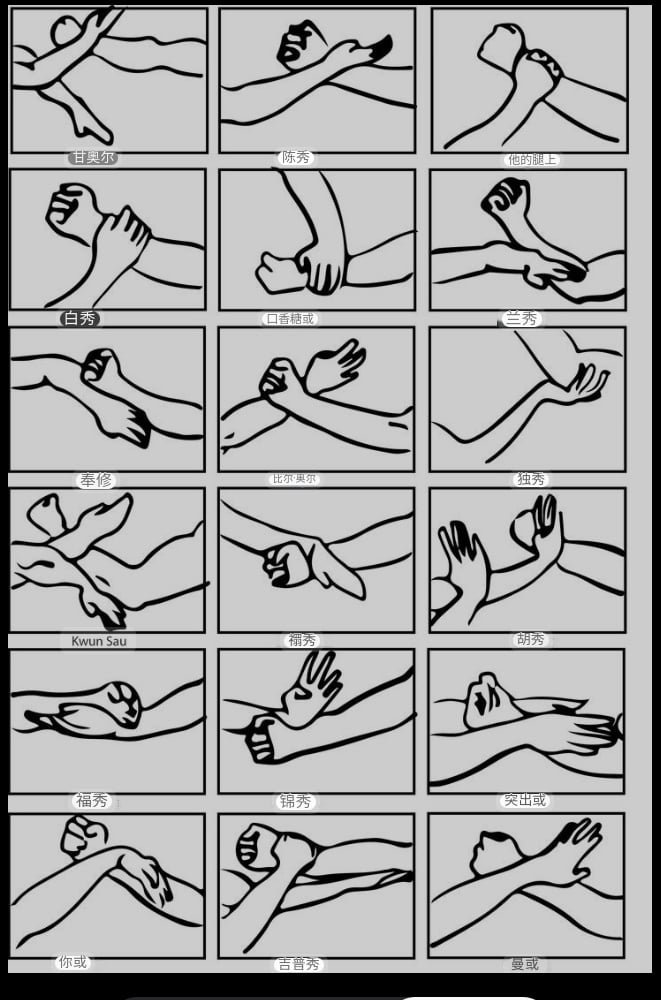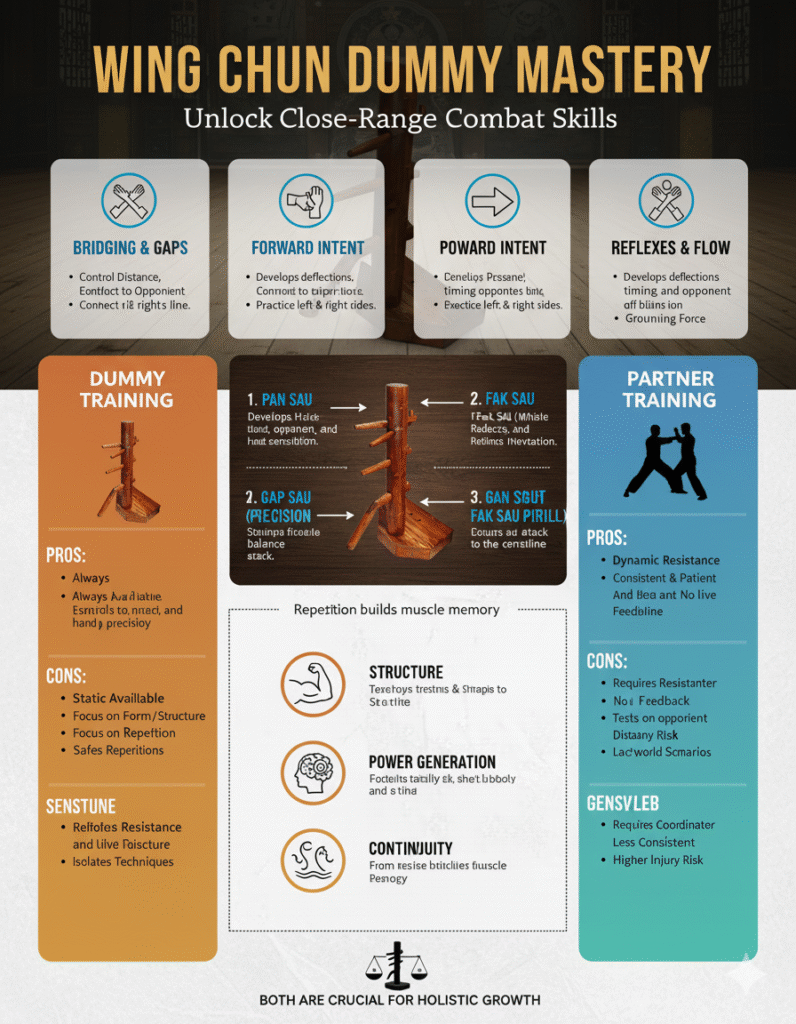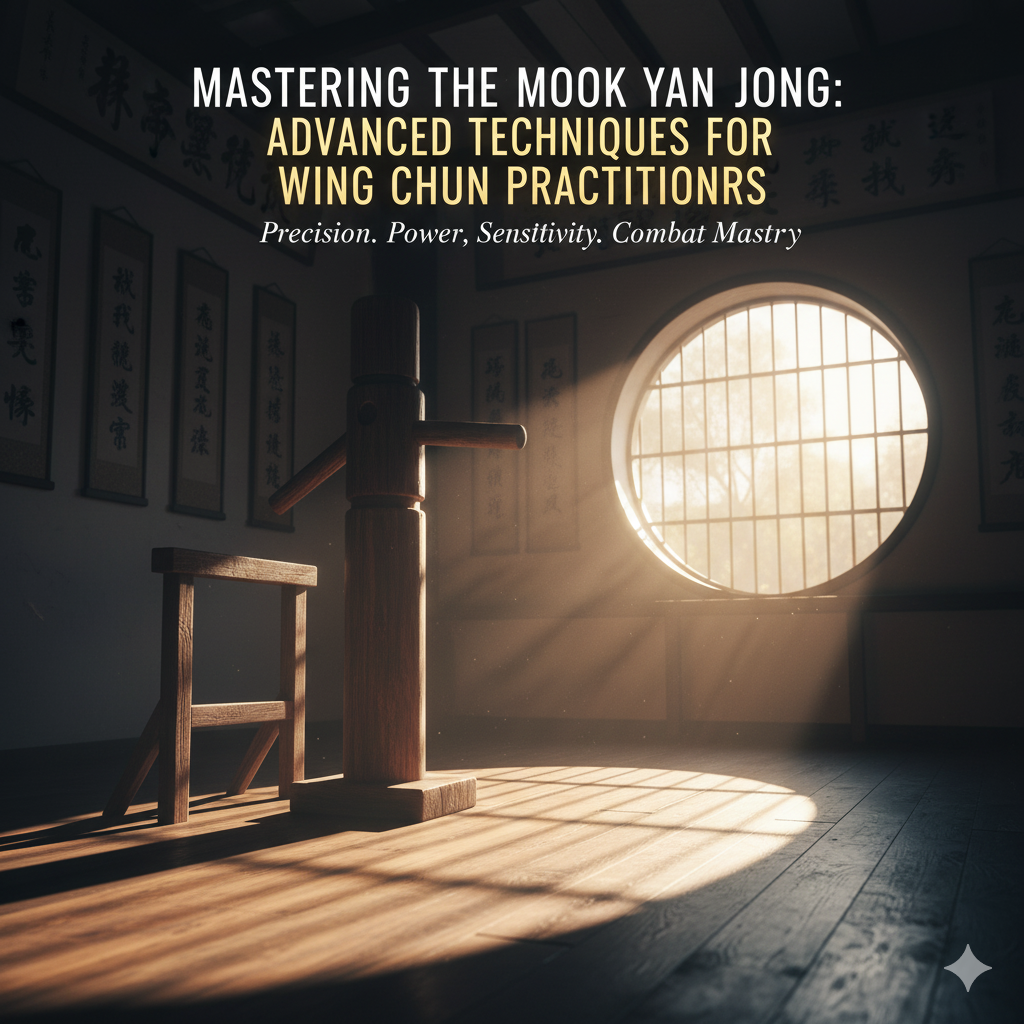Wing Chun is a traditional Chinese martial art that focuses on practical self-defense techniques and efficient movements.
To improve your skills and progress in Wing Chun, taking on a 30-day challenge can be a great way to stay motivated and disciplined.
In this article, we will outline a comprehensive practice routine for your Wing Chun 30-day challenge.
Day 1-5: Basic Techniques
During the first five days of your challenge, it is important to focus on mastering the fundamental techniques of Wing Chun.

These include the centerline punch, chain punches, palm strikes, and basic footwork.
Practice these techniques slowly and with precision, paying attention to proper form and body mechanics.
Additionally, you can incorporate the wooden dummy form into your daily practice.
The wooden dummy form helps develop coordination, timing, and accuracy in your strikes.
Day 6-10: Chi Sao (Sticky Hands)
Chi Sao, also known as sticky hands, is a crucial aspect of Wing Chun training.
It involves close-range sensitivity and reflex training with a training partner.
Spend the next five days focusing on Chi Sao drills, working on your ability to feel and respond to your partner’s movements.
Start with simple drills, such as single hand Chi Sao and double hand Chi Sao, gradually increasing the complexity as you progress.
Remember to maintain a relaxed and sensitive touch, and focus on developing your reflexes and sensitivity to your partner’s energy.
Day 11-15: Forms
Wing Chun forms are a series of choreographed movements that help develop muscle memory, balance, and coordination.
Dedicate the next five days to practicing the Sil Lim Tao form, which is the foundation of Wing Chun.
Pay attention to the details of each movement, focusing on correct positioning and weight distribution.
Once you have a solid foundation in Sil Lim Tao, you can move on to the Chum Kiu form.
Chum Kiu introduces more advanced footwork, hand techniques, and body positioning.
Practice the form slowly and with control, gradually increasing your speed and power.
Day 16-20: Sparring and Applications
Sparring is an essential component of Wing Chun training, as it allows you to apply your techniques in a realistic and dynamic setting.
Spend the next five days engaging in controlled sparring sessions with a training partner.
Focus on applying the techniques you have learned in a practical manner, while maintaining control and proper technique.
Pay attention to your footwork, timing, and distance management during sparring.
This will help you develop your ability to react quickly and effectively in real-life self-defense situations.
Day 21-25: Strength and Conditioning
Physical conditioning is crucial for any martial artist.
Dedicate the next five days to improving your strength, endurance, and flexibility.
Incorporate exercises such as push-ups, squats, lunges, planks, and stretching into your daily routine.
Additionally, you can include Wing Chun-specific exercises, such as punching and kicking drills, to further enhance your technique and power.
Remember to listen to your body and gradually increase the intensity of your workouts over time.
Day 26-30: Review and Consolidation
In the final days of your challenge, take the time to review and consolidate everything you have learned.
Go through the techniques, forms, and drills you have practiced throughout the challenge, focusing on refining your movements and improving your overall performance.
Seek feedback from your instructor or training partner to identify areas for improvement and make necessary adjustments.
Use this time to reflect on your progress and set goals for your future training.
Conclusion
A 30-day Wing Chun challenge can be an excellent way to enhance your skills and deepen your understanding of this martial art.
By following the practice routine outlined in this article, you will develop a solid foundation in Wing Chun techniques, forms, sensitivity, and practical application.
Remember to stay disciplined, dedicated, and consistent throughout your challenge, and enjoy the journey of self-improvement in Wing Chun.






